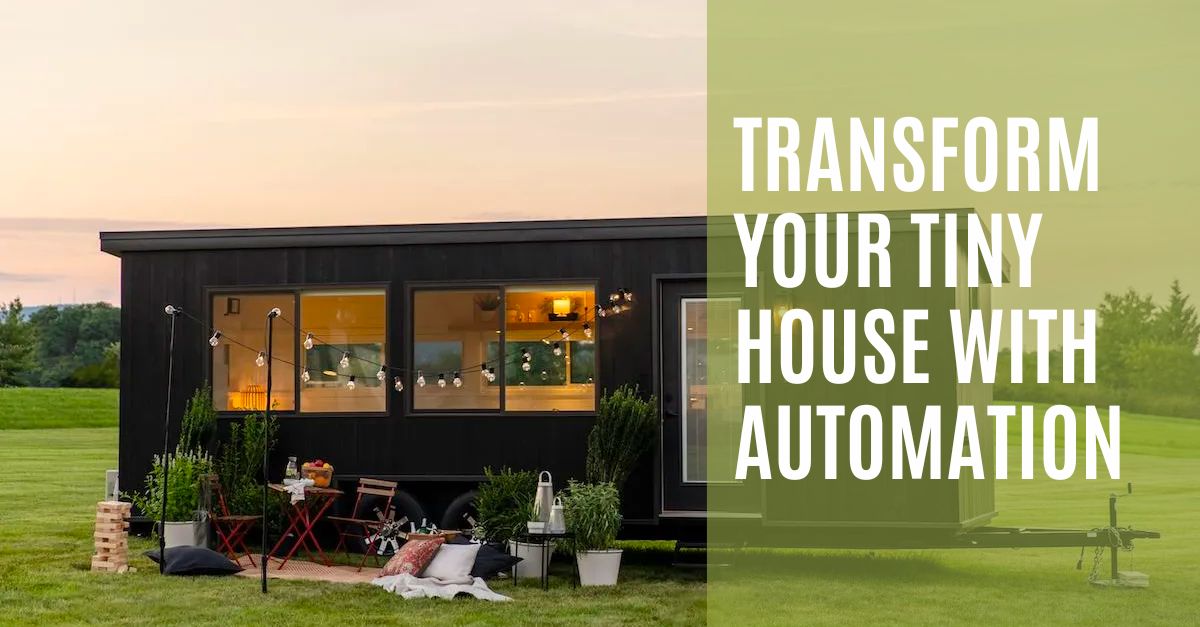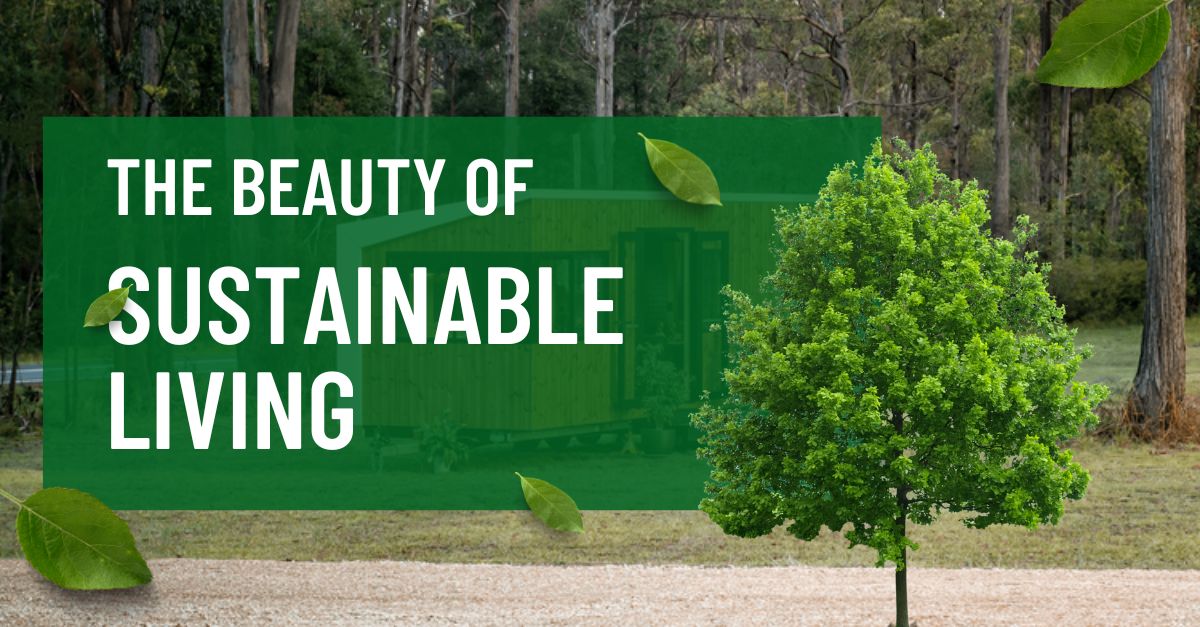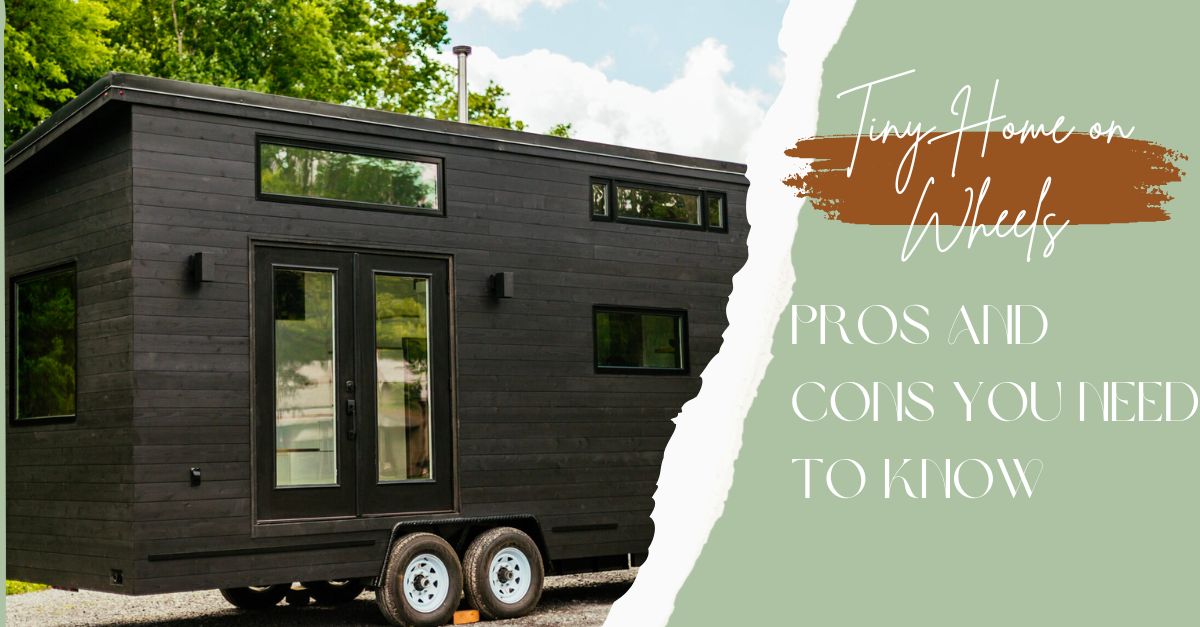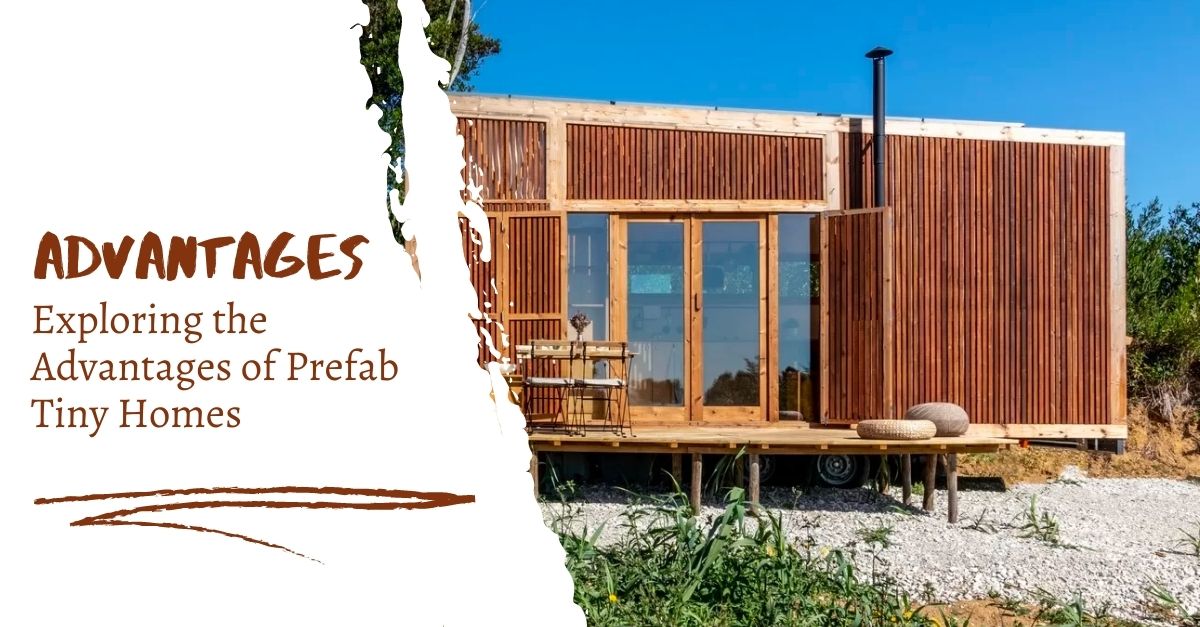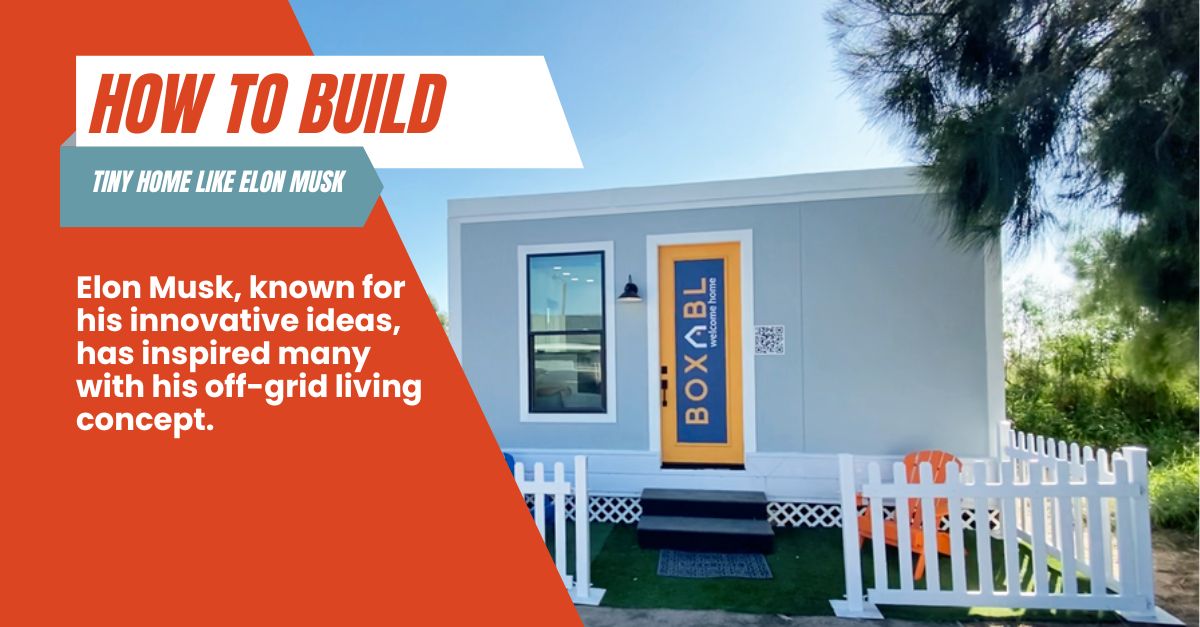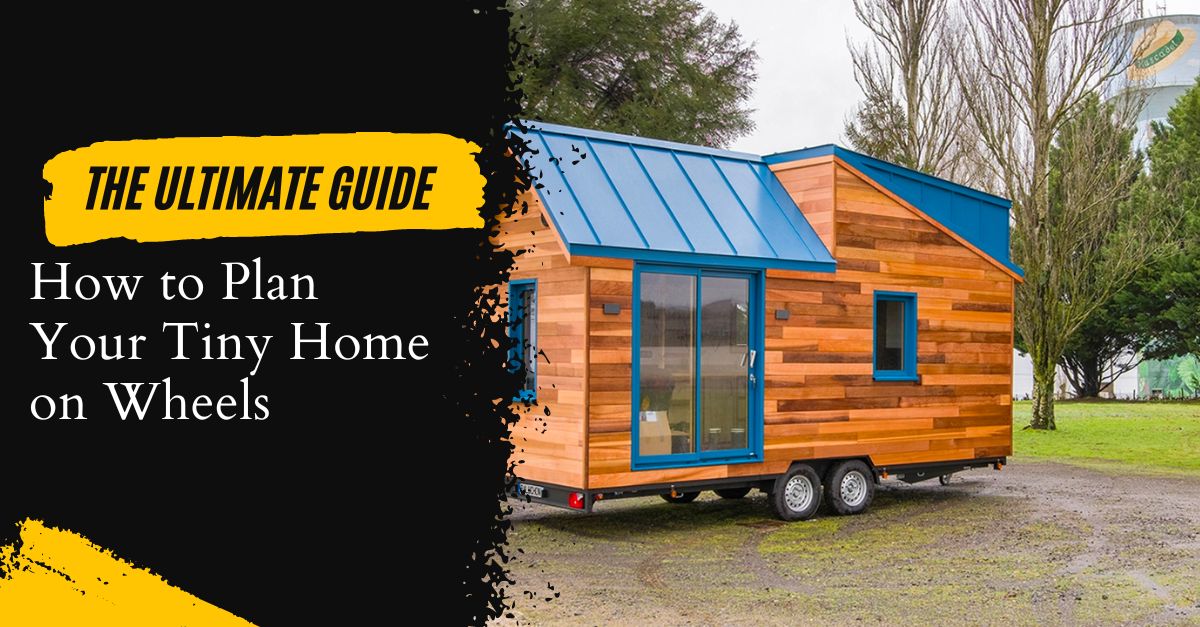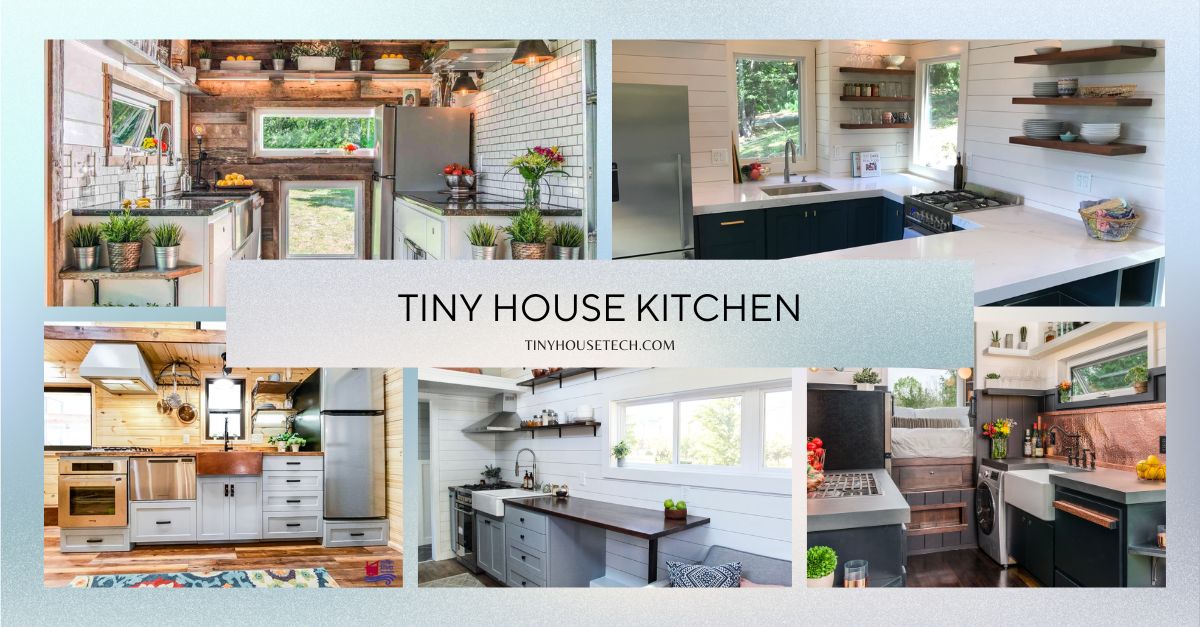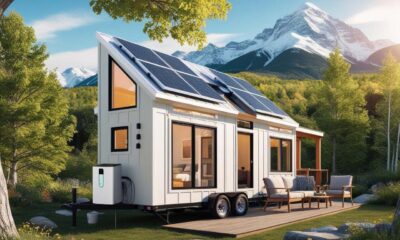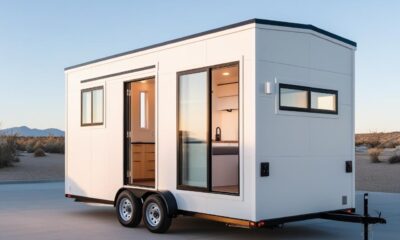Eco Friendly
The Eco-Friendly Features of Elon Musk’s Tiny Home
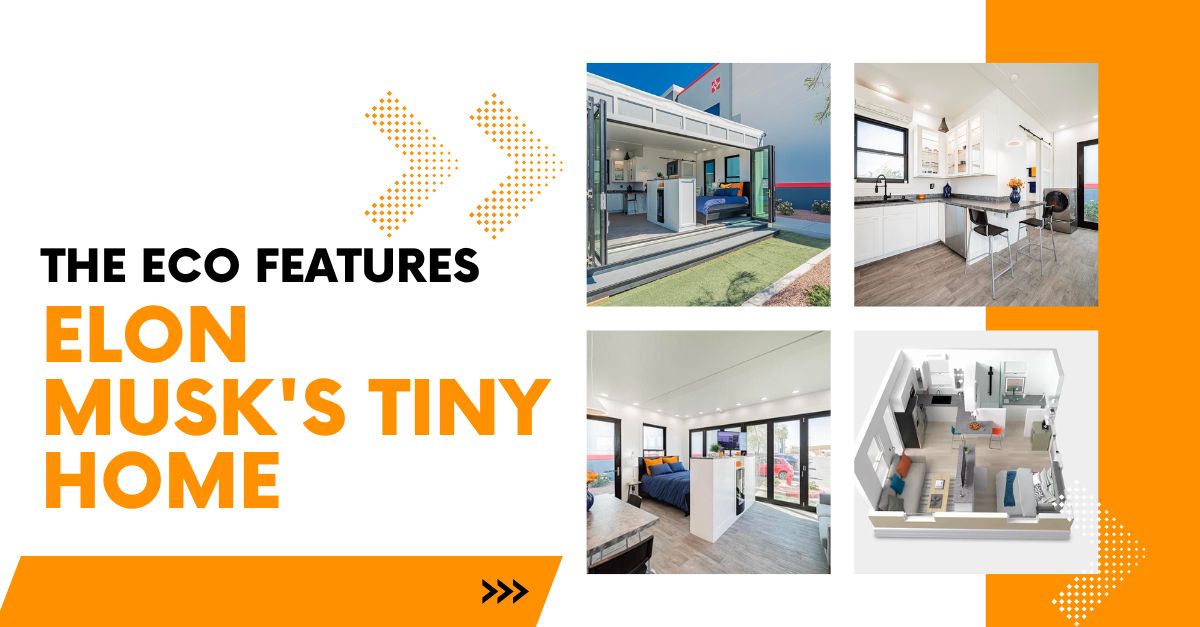
Elon Musk, the visionary entrepreneur behind Tesla and SpaceX, is known for his commitment to sustainable living and renewable energy. While he is renowned for his electric vehicles and space exploration endeavors, Musk has also delved into the realm of tiny homes. His tiny home project showcases a range of eco-friendly features that promote energy efficiency, off-grid living, and environmental sustainability. In this article, we will explore the notable eco-friendly features of Elon Musk’s tiny home and discuss how you can build an off-grid tiny home inspired by his vision.
Sustainable Materials
One of the key aspects of Elon Musk’s tiny home is the use of sustainable materials in its construction. Musk emphasizes the importance of eco-friendly building materials, such as reclaimed wood, recycled metals, and low-impact insulation. These materials not only reduce the environmental footprint of the tiny home but also contribute to its unique aesthetic appeal.
Solar Power
Elon Musk’s tiny home is equipped with an extensive solar power system. Solar panels are installed on the roof to harness the sun’s energy and convert it into electricity. This renewable energy source powers the entire home, including appliances, lighting, and heating/cooling systems. The surplus energy can be stored in batteries for use during cloudy days or at night.
Battery Storage
To ensure a consistent power supply, Elon Musk’s tiny home incorporates battery storage technology. This allows for the storage of excess solar energy generated during the day for later use. Battery systems, such as Tesla’s Powerwall, provide a reliable and sustainable solution for off-grid living, reducing reliance on traditional energy sources.
Water Harvesting and Filtration
Water sustainability is a crucial aspect of eco-friendly living. Musk’s tiny home features a water harvesting system that collects rainwater from the roof. This harvested water is then filtered and treated for various uses, including drinking, cooking, and showering. By utilizing rainwater, the tiny home reduces dependence on external water sources and promotes water conservation.
Energy-Efficient Appliances
Elon Musk’s commitment to energy efficiency extends to the appliances within his tiny home. Energy Star-rated appliances are chosen to minimize energy consumption while providing essential functionalities. From refrigerators and stovetops to heating and cooling systems, these appliances are designed to operate efficiently and reduce the overall environmental impact.
Composting Toilets
Innovative sanitation solutions are a vital component of eco-friendly tiny homes. Musk’s tiny home incorporates composting toilets, which convert human waste into nutrient-rich compost through a natural decomposition process. Composting toilets eliminate the need for water-intensive traditional flush toilets and contribute to sustainable waste management.
Smart Home Automation
Smart home automation plays a significant role in Elon Musk’s tiny home, providing enhanced energy efficiency and convenience. Through integrated automation systems, residents can control and monitor various aspects of the home, such as lighting, temperature, and security, using their smartphones or voice commands. This level of automation optimizes energy usage and simplifies daily living.Elon Musk’s tiny home project exemplifies the possibilities of eco-friendly living through innovative design and sustainable technologies. From solar power and battery storage to water harvesting and energy-efficient appliances, his tiny home showcases a holistic approach to off-grid and environmentally conscious living. By incorporating these eco-friendly features into your own tiny home, you can contribute to a more sustainable future while enjoying the benefits of a self-sufficient and environmentally friendly lifestyle.
Frequently Asked Questions (FAQs)
How can I build an off-grid tiny home like Elon Musk’s?
Building an off-grid tiny home requires careful planning and consideration. It is advisable to consult with professionals or research reputable resources that provide step-by-step guidance on design, construction, and incorporation of eco-friendly features.
What are the cost implications of building an off-grid tiny home?
The cost of building an off-grid tiny home can vary depending on factors such as location, size, and the complexity of eco-friendly features. It is essential to establish a budget and consult with experts to estimate costs accurately.
Are there any legal considerations for off-grid tiny homes?
Off-grid tiny homes may have specific legal requirements depending on the jurisdiction and local regulations. It is crucial to research and comply with the applicable laws, permits, and zoning regulations in your area before constructing an off-grid tiny home.
How can I maintain an off-grid tiny home effectively?
Maintenance of an off-grid tiny home involves regular upkeep of systems such as solar panels, batteries, water harvesting, and filtration systems. It is advisable to follow manufacturer guidelines, conduct routine inspections, and seek professional assistance when needed.
Where can I find more information on building off-grid tiny homes?
There are various online resources, books, and communities dedicated to off-grid living and tiny home construction. Researching reputable websites, attending workshops, or joining online forums can provide valuable insights and guidance on building your own off-grid tiny home.
For more information on how to build an off-grid tiny home like Elon Musk, visit: How to Build an Off-Grid Tiny Home Like Elon Musk
Latest Post
June 14, 2023
Transform Your Tiny House with Automation
In recent years, the trend of living in tiny houses has gained immense popularity. These compact and…
June 13, 2023
The Beauty of Sustainable Living: Eco Tiny Homes
In recent years, the concept of sustainable living has gained significant attention as people become more conscious…
June 13, 2023
Tiny Home on Wheels: Pros and Cons You Need to Know
Tiny homes on wheels have gained popularity in recent years as a unique and alternative housing option….
June 12, 2023
Exploring the Advantages of Prefab Tiny Homes
In recent years, the popularity of prefab tiny homes has been on the rise. These compact dwellings…
June 12, 2023
How to Build an Off-Grid Tiny Home Like Elon Musk
Elon Musk, known for his innovative ideas, has inspired many with his off-grid living concept. If you’re…
June 12, 2023
The Ultimate Guide: How to Plan Your Tiny Home on Wheels
Welcome to the ultimate guide on how to plan your tiny home on wheels! Building a tiny…
June 7, 2023
Discover the Charming Bristol Tiny House Community: Embrace Sustainable Living in Southwest England
Welcome to the picturesque city of Bristol, nestled in the heart of Southwest England. Known for its…
June 5, 2023
Tiny House Kitchen: Designing for Efficiency and Style
Tiny houses have gained significant popularity in recent years, offering an alternative way of living that embraces…
Previous
Next
Loading…

